A sea water maker, also known as a sea water desalination system or desalination unit, is a technology designed to convert seawater into fresh, potable water. This process is essential in regions with limited access to fresh water but abundant seawater. Here’s a detailed overview of how these systems work, their types, and their applications:
How Sea Water Makers Work
- Intake: Seawater is drawn from the ocean, typically through an intake pipe. The water often passes through a pre-filtration system to remove large debris and particulates.
- Pre-Treatment: The pre-treated water may undergo additional purification processes to remove smaller particles, organic matter, and microorganisms that could damage the main desalination equipment.
- Desalination Process:
- Reverse Osmosis (RO): This is the most common method, where seawater is forced through semi-permeable membranes that allow water molecules to pass while blocking salts and other impurities.
- Distillation: Involves heating seawater to create steam, which is then condensed back into liquid form, leaving salts and impurities behind.
- Electrodialysis: Uses electrical currents to move ions through selective ion-exchange membranes, separating fresh water from saline water.
- Nanofiltration: Similar to reverse osmosis but with slightly larger pores, allowing some salts and organic molecules to pass through.
- Post-Treatment: The fresh water produced may need further treatment to adjust its pH, add necessary minerals, or ensure it meets health standards.
- Discharge: The remaining brine (highly concentrated saltwater) is often discharged back into the ocean, though its environmental impact is carefully managed.
Types of Sea Water Makers
- Reverse Osmosis Systems: Utilize high-pressure pumps to force seawater through RO membranes. These are highly efficient and widely used for both small-scale and large-scale desalination.
- Multi-Effect Distillation (MED): Involves multiple stages of evaporation and condensation, each effect utilizing the heat from the previous stage to evaporate more water.
- Multi-Stage Flash Distillation (MSF): Similar to MED but uses a series of chambers where seawater is rapidly flashed into steam at decreasing pressures.
- Electrodialysis: Typically used for brackish water but can be adapted for seawater. It’s less common for large-scale seawater desalination.
- Solar Desalination: Uses solar energy to heat seawater, which then evaporates and condenses into fresh water. This method is generally used for small-scale or emergency applications.
Applications
- Municipal Water Supply: Provides fresh water for cities and towns, especially in arid regions or where traditional sources are insufficient.
- Agriculture: Supplies water for irrigation in areas with limited freshwater resources.
- Industrial Use: Used in various industries that require a reliable and pure water supply.
- Marine and Coastal Communities: Provides fresh water for communities living near the ocean.
- Emergency Situations: Used in disaster relief efforts where freshwater sources are contaminated or depleted.
Advantages
- Reliable Supply: Provides a consistent and controllable source of fresh water.
- Independence from Freshwater Sources: Reduces reliance on rivers, lakes, or groundwater.
- Technological Advancements: Continuous improvements have made desalination more efficient and cost-effective.
Challenges
- Energy Consumption: Desalination processes, particularly reverse osmosis and distillation, can be energy-intensive.
- Environmental Impact: The discharge of brine and potential chemical usage in the process can impact marine ecosystems.
- Cost: High initial capital investment and operational costs, though these are decreasing with technological advancements.
Future Trends
- Energy Efficiency: Innovations in reducing energy consumption, such as using renewable energy sources.
- Environmental Sustainability: Improved methods for brine management and reduced chemical usage.
- Integration with Renewable Energy: Combining desalination with solar, wind, or other renewable energy sources to reduce costs and environmental impact.
In summary, sea water makers play a crucial role in addressing global water scarcity by providing a reliable method for producing fresh water from the ocean. Advances in technology continue to improve their efficiency and sustainability, making them an increasingly viable solution for various applications.
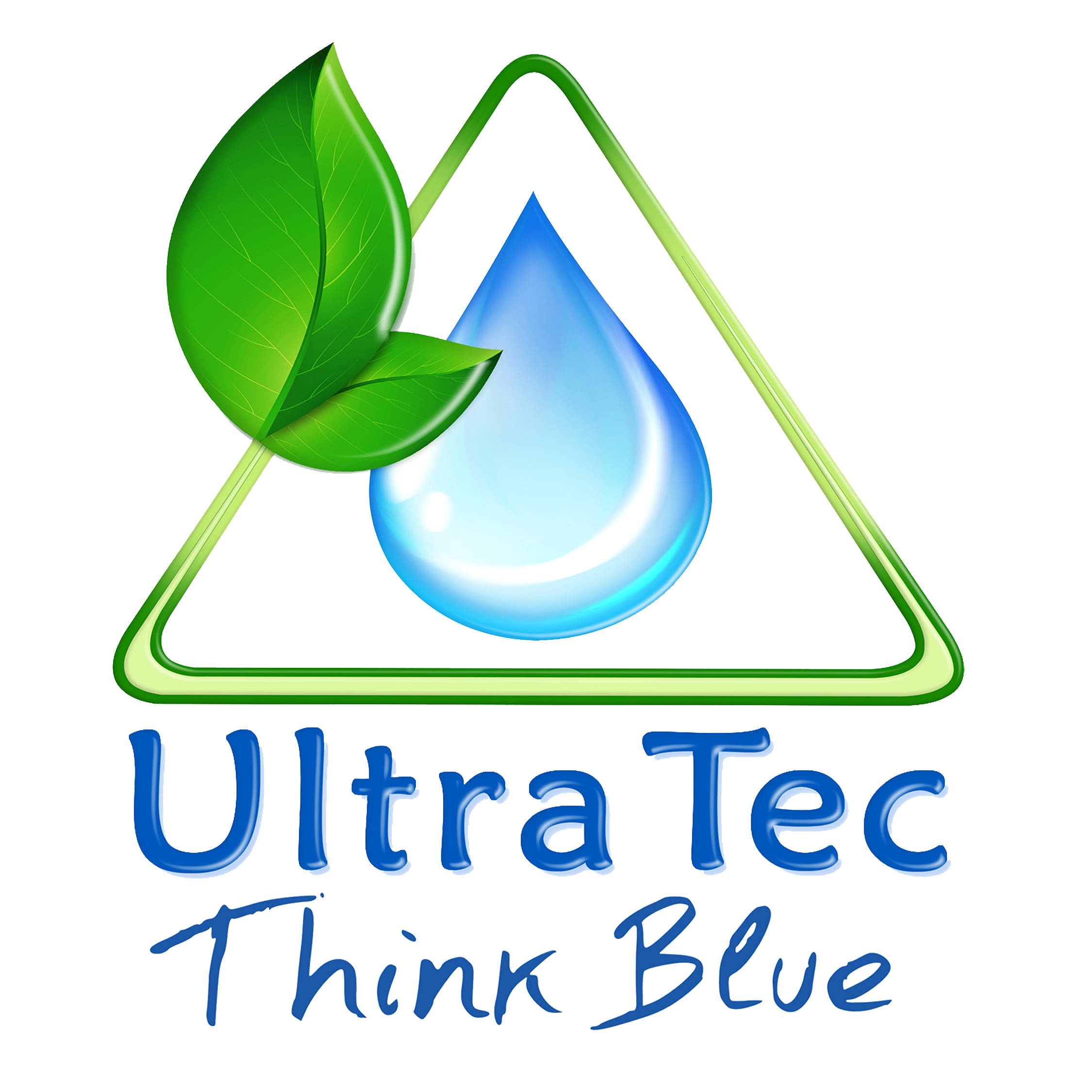
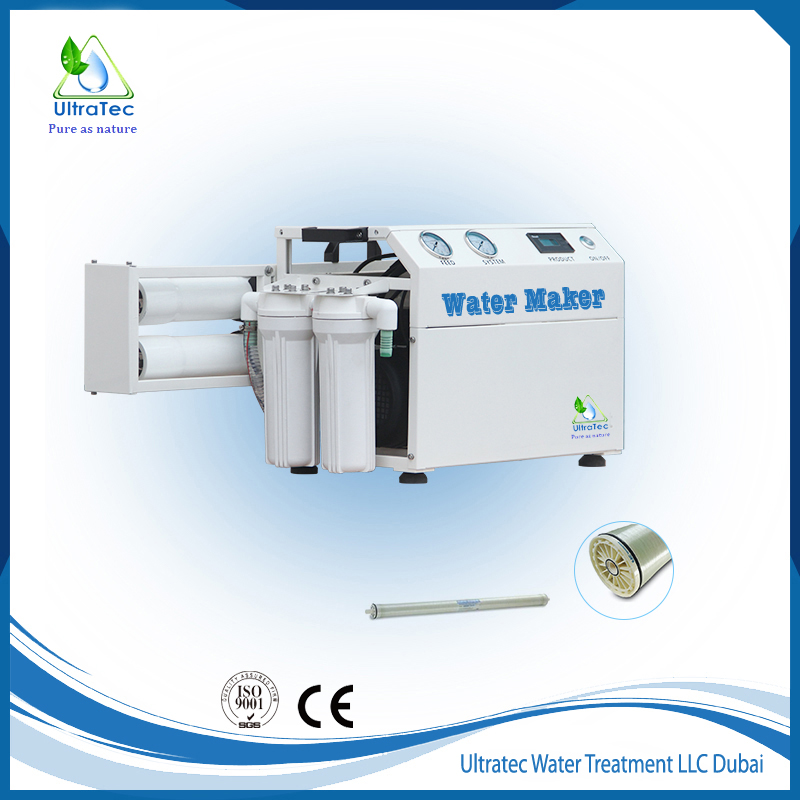
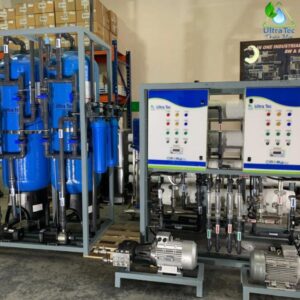
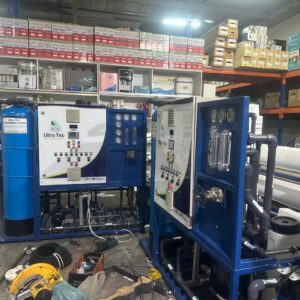
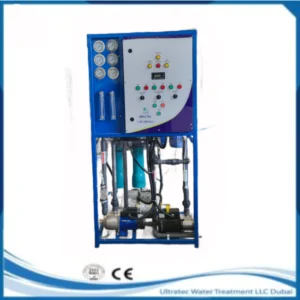
Reviews
There are no reviews yet.